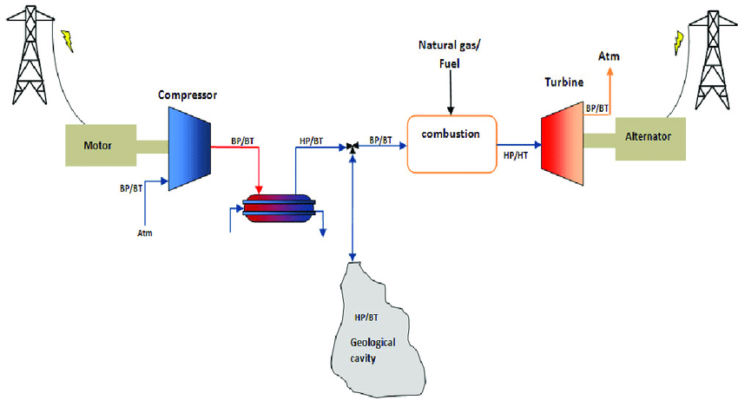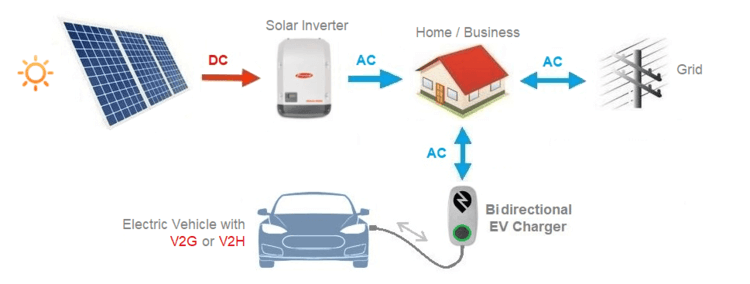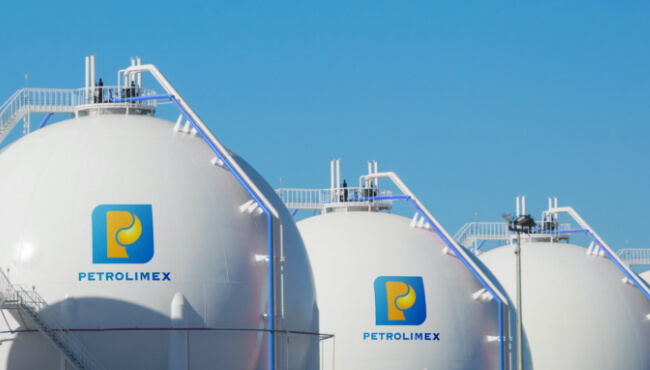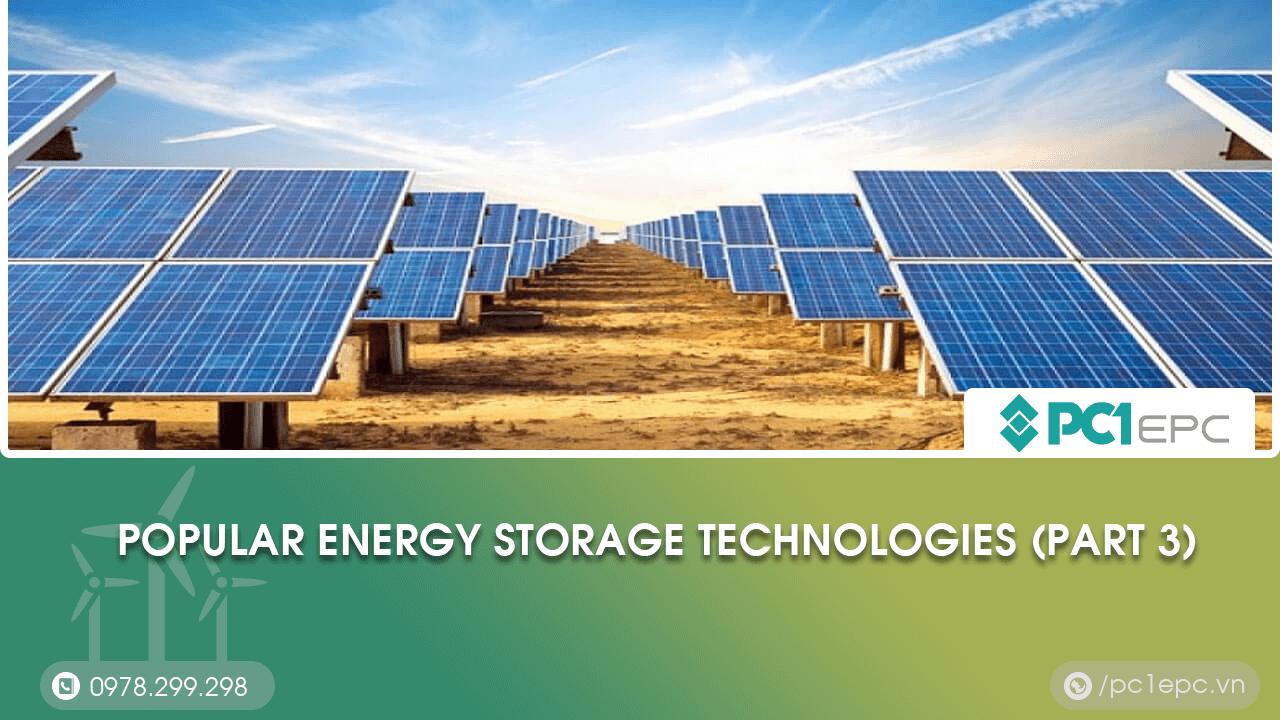We have explored the popular energy storage technologies in Parts 1 and 2, in this section will be technologies that can be applied a lot in the future.
Compressed Air Energy Storage (CAES)

Similar to pumped-storage hydroelectricity, Compressed Air Energy Storage (CAES) works instead of pushing water up, using excess electricity to run an air compressor to pump air into a large container. placed underground. It then heats the compressed air in the container, releasing heat and turning the turbine, thereby generating electricity.
And like pumped-storage hydroelectricity, this is a fixed way of storing energy. Compressed air is usually best preserved in geological structures, such as in old rock beds or salt mines.
According to statistics from the American Energy Association, compressed air is the second most popular form of energy storage today, after pumped-storage hydroelectricity. People have continuously developed this technology in recent years and gradually reduced their dependence on fossil fuels to heat the air.
V2G System

EVs can be utilized and operated as energy storage methods. Why can you say that? Most electric motorcycles operate for a long time when traveling, and the vehicle-to-grid (V2G) communication system will release the electricity stored in the EVs. That reserve will be transmitted through the grid through charging stations, helping to meet the demand for electricity during peak hours. At that time, EV electric motorcycles will become mini power plants.
In the V2G model, smart charging systems automatically give and draw electricity from the EV. This model also contributes to reducing carbon emissions from vehicles into the environment.
Liquefied natural gas

Electricity drives the air cooler down to -196 degrees Celsius and turns it into a compressed liquid in a container. Thus, the power source has been converted to liquid storage. When air comes into contact with this liquid in the pipeline, it turns back into a gas and spins the turbine to generate electricity.
To turn electricity into liquid storage, we can cool the air down to -196 degrees Celsius, turning it into a compressed liquid in a container. Once the air comes into contact with this liquid in the pipeline, it turns back into a gas and turns the turbine to generate electricity. Highview Power Storage (UK) is currently testing liquefied gas technology at a waste treatment plant in Pilsworth, which will provide energy by converting heat from burning waste into energy.
One of the main benefits of gas liquefaction technology is its high storage capacity: 700 liters of ambient air can be reduced to just 1 liter of liquid gas. Moreover, this technology has a lot of potential for development because it can take advantage of heat from thermal power plants, steel factories or utilize liquefied natural gas (LNG).
See more at: Popular energy storage technologies (Part 2)


